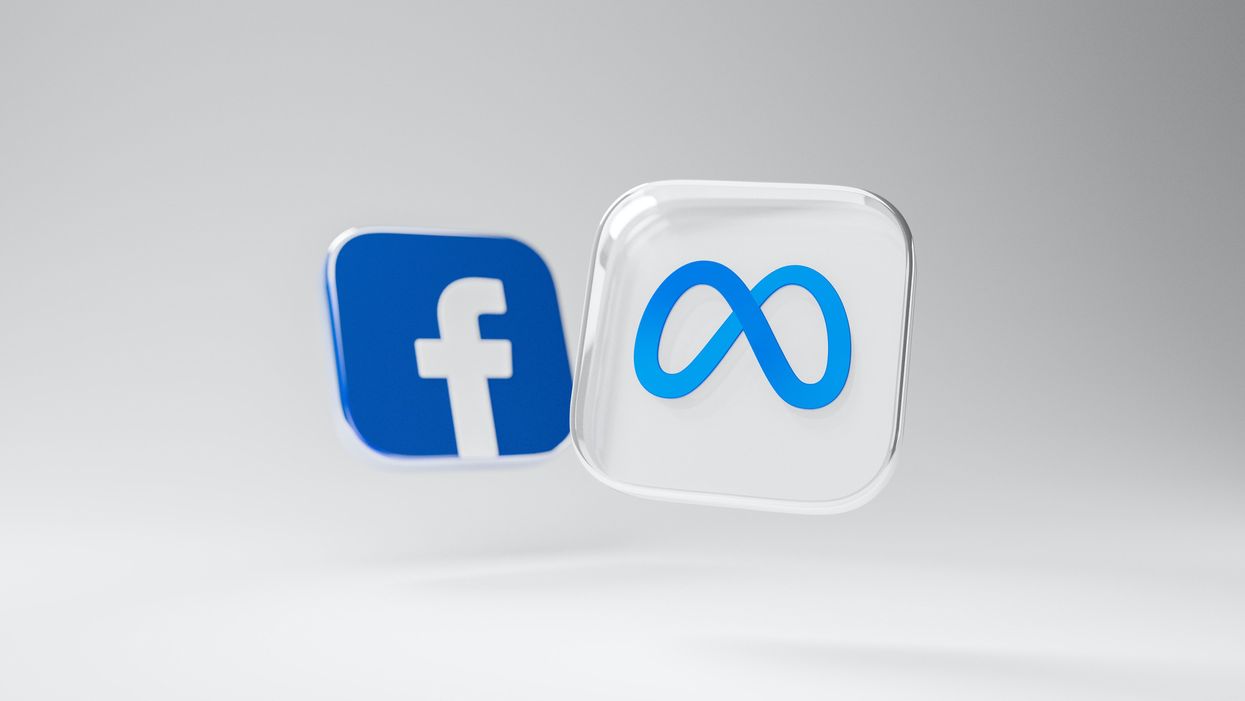Marketing
05 January 2023
Facebook, Instagram add campaign measurement tools for CPGs
IRI and Meta are partnering to measure social advertising's impact on in-store sales.

Photo by Dima Solomin on Unsplash
IRI and Meta are partnering to measure social advertising's impact on in-store sales.

How effective are social media advertisements at generating sales at grocery stores? That’s the question a new tool being added to Facebook and Instagram is looking to help answer for CPG brands.
Meta and IRI are partnering to provide brands with results that connect in-store sales and shopper marketing campaigns conducted on social media.
It means that marketers on Meta-owned Facebook and Instagram will have access to brand and product-level sales results for shopper marketing campaigns. This will be provided in the form of automated campaign measurement from a SaaS platform powered by IRI.
The platform, called Ansa, provides proprietary analytics on campaigns for specific products or retailers across hundreds of manufacturers and US retailers. It also provides hyper-local targeting recommendations and optimization, as well as analysis of a campaign’s sales lift based on the results of test media that is run in certain locations.
"Measuring the incremental omnichannel sales impact of retailer-specific social media investments has long been a challenge in the industry," said Stephanie Pegler, ecommerce marketing director at PepsiCo, in a statement announcing the partnership. "The measurement partnership between Meta and IRI enables PepsiCo to understand how its retailer-specific Meta campaigns drive omnichannel sales. This is critically important for informing how to most effectively plan and optimize Meta buys as part of our media mix."
It underscores a key consideration for brands seeking to understand results and make decisions about their investments:
What was the incremental increase in sales during a campaign, when compared to the sales that would’ve taken place during that time period without a campaign? In other words, how effective was a campaign run in one place at delivering sales in another?
These are age-old questions in marketing, but the internet’s ability to provide real campaign metrics and advances in computing power that executes complex analysis quickly are making the answer more measurable. At the same time, brands are showing up in more channels. This is just one example of a tool that is helping brands understand the full picture of how these activities impact each other, and what is driving results.
New advertising opportunities are being beta tested for in-store audio and product demos.
Retail media’s fast growth isn’t only limited to increasing spend. The advertising itself is also poised to appear in more places beyond ecommerce marketplaces, and even beyond the web.
The latest example comes from Walmart Connect, which is the retail media arm of the world’s largest retailer.
Walmart shared details on testing that it is completing for in-store retail media. To this point, Walmart Connect has been considered the advertising platform for Walmart’s ecommerce site. But these tests indicate that’s poised to expand.
Stores present a potent opportunity for Walmart. It has 4,700 big box locations around the U.S., and customers returned to them in droves last year. In 2022, 88% of the retailer’s customers visited Walmart stores.
Walmart Connect already has already dipped a toe into in-store advertising, with a TV wall, self-checkout ads and integrated marketing. The new pilots aim to take a step further.
“The next frontier of retail media is in-store experiences, and it’s one we’re excited to chart,” Whitney Cooper, head of omnichannel transformation at Walmart Connect, wrote in a blog post on the new tests. “But it’s still an emerging opportunity for us, as we continue to test what serves customers best and which solutions are scalable to Walmart’s size.”
Here’s a look at the two new offerings currently under beta test:
Walmart suppliers will be able to integrate product demos into campaigns across in-store and digital environments.
Product demos aren’t new to store floors, but Walmart Connect is seeking to give them an update that blends digital and physical experiences.
“Part of our test is how to enhance the omnichannel experience by bridging the physical back to digital: For example, by pairing a demo cart with QR codes that link back to a curated Walmart.com landing page so customers can find inspiration and shop their list all in one spot,” Cooper wrote.
Walmart is currently offering 120 demos at stores each weekend, and plans to scale to 1,000 by the end of 2023.
Walmart Connect will now offer advertising placements on Walmart’s in-store radio network. Suppliers will have the option to purchase ads by region or store, enabling targeting of key markets.
“This is the first time brands will be able to speak directly to Walmart customers through this medium,” Cooper writes. “These ads also create a new upper-funnel touchpoint for brand marketers and out-of-home (OOH) buyers to create awareness, because in-store audio is about connecting with customers wherever they are in the store — they don’t have to pass the brand in the aisle.”
With the tests, we’ll be watching for how this advertising is measured, and whether Walmart Connect is tracking impact across different types of formats, and not just a single campaign.